Do you love hibiscus plants, but wish you could display them in a bigger, bolder way? The hibiscus braided tree is an eye-catching option that puts your favorite flower on full display! This uniquely shaped tree provides an addition to any outdoor landscape. If the idea of having a blossoming giant begging to be noticed peaks your interest, then this post is for you. Here we will explore if you can plant hibiscus trees outside and what steps are necessary to do so successfully.
Hibiscus Braided Tree
The Hibiscus genus comprises several hundred species traditionally native to warm, tropical regions. The name ‘Hibiscus’ comes from the Greek word ‘hibiscus,’ and the plant was described and named by famous Greek physician Pedanius Dioscorides in the 1st century AD. [1] Hibiscus plants are celebrated worldwide for their strikingly large and colorful flowers.
These plants, oddly enough for their tropical origins, have a wide range of adaptability with certain species capable of enduring freezing temperatures. Their cultural significance spans continents, symbolizing everything from delicate beauty in South Korea, to honoring Goddess Kali in Hindu worship. Hibiscus has not only charmed us with its beauty but its flowers and leaves have also been deeply integrated into our medical and culinary practices.
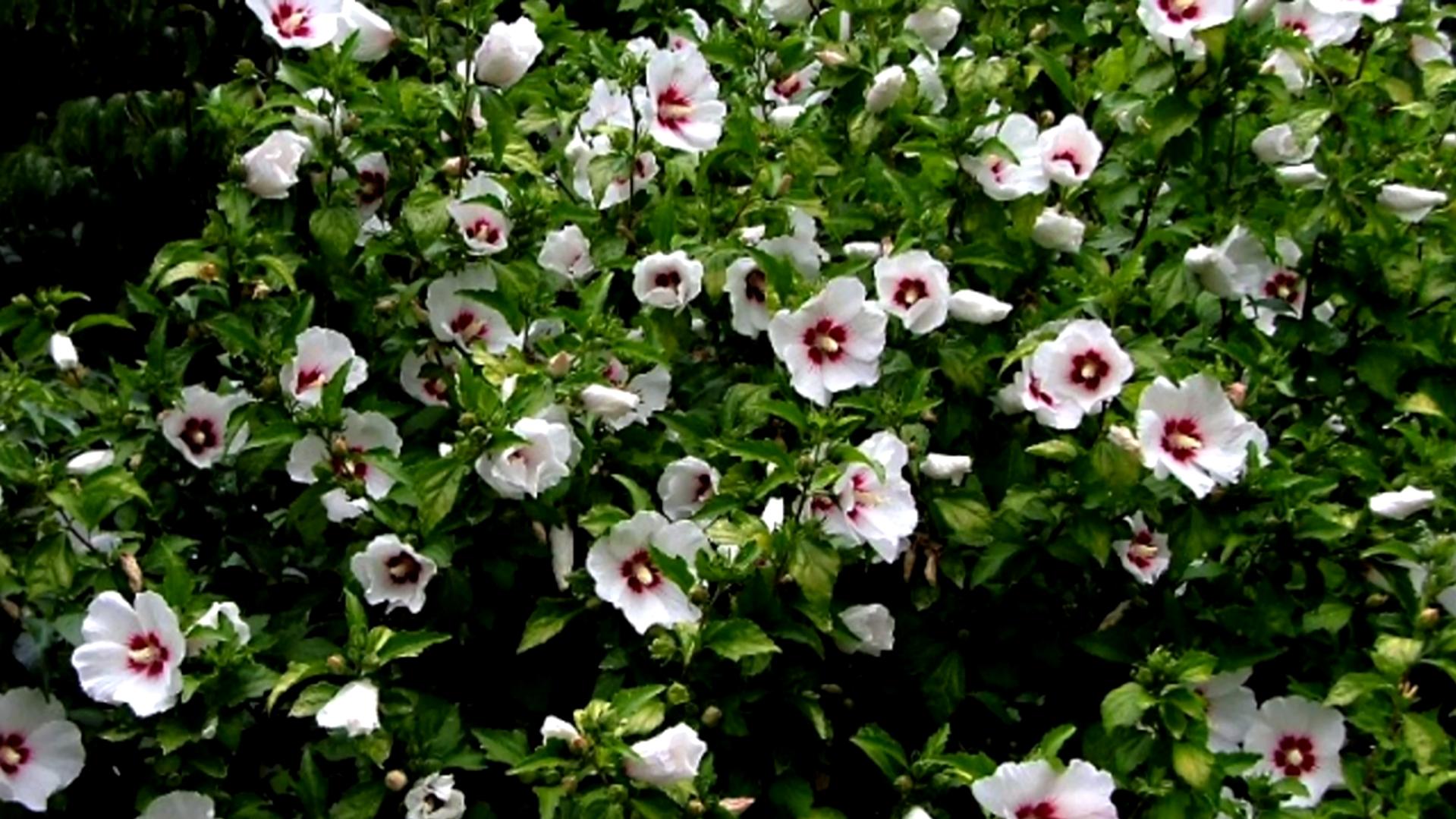
Characteristics & Types
Hibiscus plants are predominantly characterized by their large, vibrant blooms that can measure up to 8 inches across in certain species. These flowers come in a wide variety of colors, including red, pink, orange, yellow, and white. Hibiscus leaves are typically dark green and glossy, with a lobed or toothed margin. They prefer well-drained soil and need plenty of sunlight to thrive.
There are several types of Hibiscus, each with its unique features.
- Hibiscus Rosa-Sinensis (Tropical Hibiscus): As the name suggests, this type is native to tropical regions and is recognized by its large, bright flowers. It is often used as a decorative plant in landscapes and house gardens.
- Hibiscus Syriacus (Rose of Sharon): This type is a hardy perennial shrub that can withstand cooler temperatures. It boasts multiple layers of delicate petals and is commonly used in making hedges or as standalone plants in gardens.
- Hibiscus Sabdariffa (Roselle): Known for its food and beverage applications, this type is characterized by its red stems and calyces. The calyces of hibiscus flowers are utilized in the preparation of hibiscus tea and various other beverages.
- Hibiscus Mutabilis (Confederate Rose): This type gets its name from the color-changing flowers it bears, which transition from white in the morning to pink by evening, and finally to a deep red as they age.
Each type of hibiscus is unique in its way and can add a vibrant touch to any garden or landscape.
Popularity of Hibiscus Braided Tree as outdoor decoration
The popularity of the Hibiscus Braided Tree as an outdoor decoration has surged in recent years. This is largely due to its stunning visual appeal and relatively easy maintenance, making it a desirable addition to any garden, patio, or landscape. The tree is formed by intertwining the stems of several hibiscus plants, resulting in a distinctive braided trunk that supports a lush canopy of large, vibrant flowers. These trees, when in full bloom, present an arresting display of color and beauty that is hard to overlook.
The ability to choose from different types of hibiscus for the braiding process allows for personalization according to individual color preferences and climate considerations. As a result, the Hibiscus Braided Tree, distinguished by its distinctive form and captivating flowers, has firmly established its presence in the domain of outdoor embellishments. It has become a cherished choice among gardening enthusiasts and professional landscapers alike.
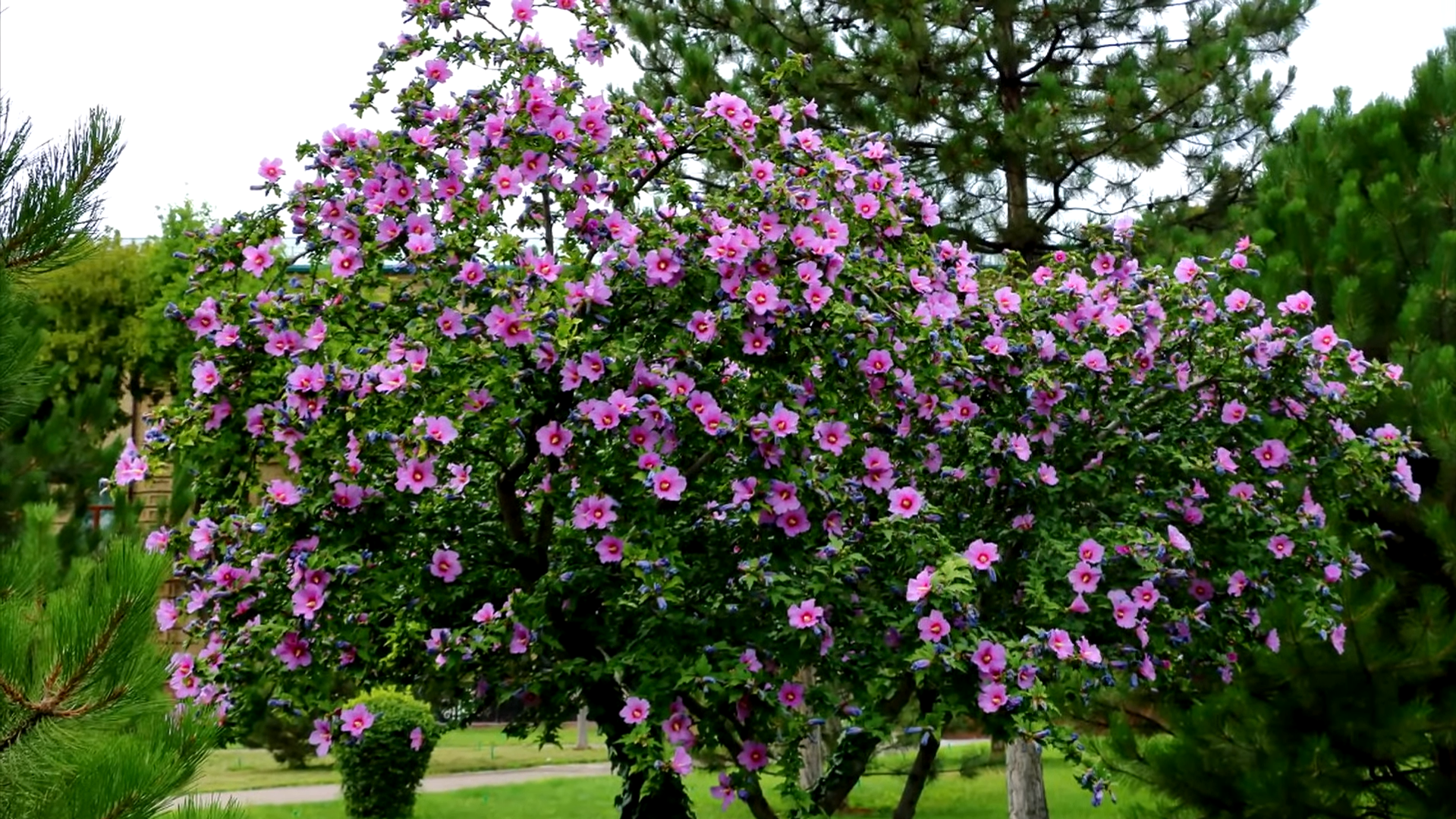
Considerations Before Planting Hibiscus Braided Tree Outside
Before planting a Hibiscus Braided Tree outdoors, several vital factors must be taken into account to ensure its healthy growth and longevity. Firstly, location is paramount. These trees thrive in sunlight, so opt for a location that receives a minimum of six hours of direct sun daily.
Secondly, soil conditions matter. Hibiscus trees prefer well-drained soil, slightly acidic to neutral in pH. Avoid areas with heavy clay soil that can retain water and lead to root rot.
Thirdly, consider the space. Hibiscus trees can grow up to 15 feet tall and wide, so ensure there is enough room for it to spread out without crowding other plants. [2] Additionally, keep in mind that these trees are not frost-tolerant. For individuals residing in regions with severe winter climates, it’s advisable to plant these trees in pots that can be easily relocated indoors during the colder months.
Finally, regular care and maintenance, including watering, pruning, and fertilizing, are essential for the tree’s overall health and to encourage prolific blooming.
Steps to Successfully Plant Hibiscus Braided Tree Outside
Planting Timing
Choosing the correct planting time for the Hibiscus Braided Tree is crucial for its growth and blooming. The optimal time for planting your Hibiscus is in the spring, following the last frost. This timeframe allows the tree sufficient opportunity to establish its root system before the arrival of winter. Planting in early spring also allows plenty of growing time for your Hibiscus to thrive in the sunnier and warmer conditions it loves.
When choosing the exact day to plant, check the weather forecast and choose a day, or string of days, when the weather is fairly mild. Extreme heat, cold, or wind can stress the plant and hamper its ability to get established in its new environment. Moreover, avoid planting just before or after heavy rains, as excessively wet soil can make it difficult for the plant to secure itself in the ground and may also contribute to root rot.
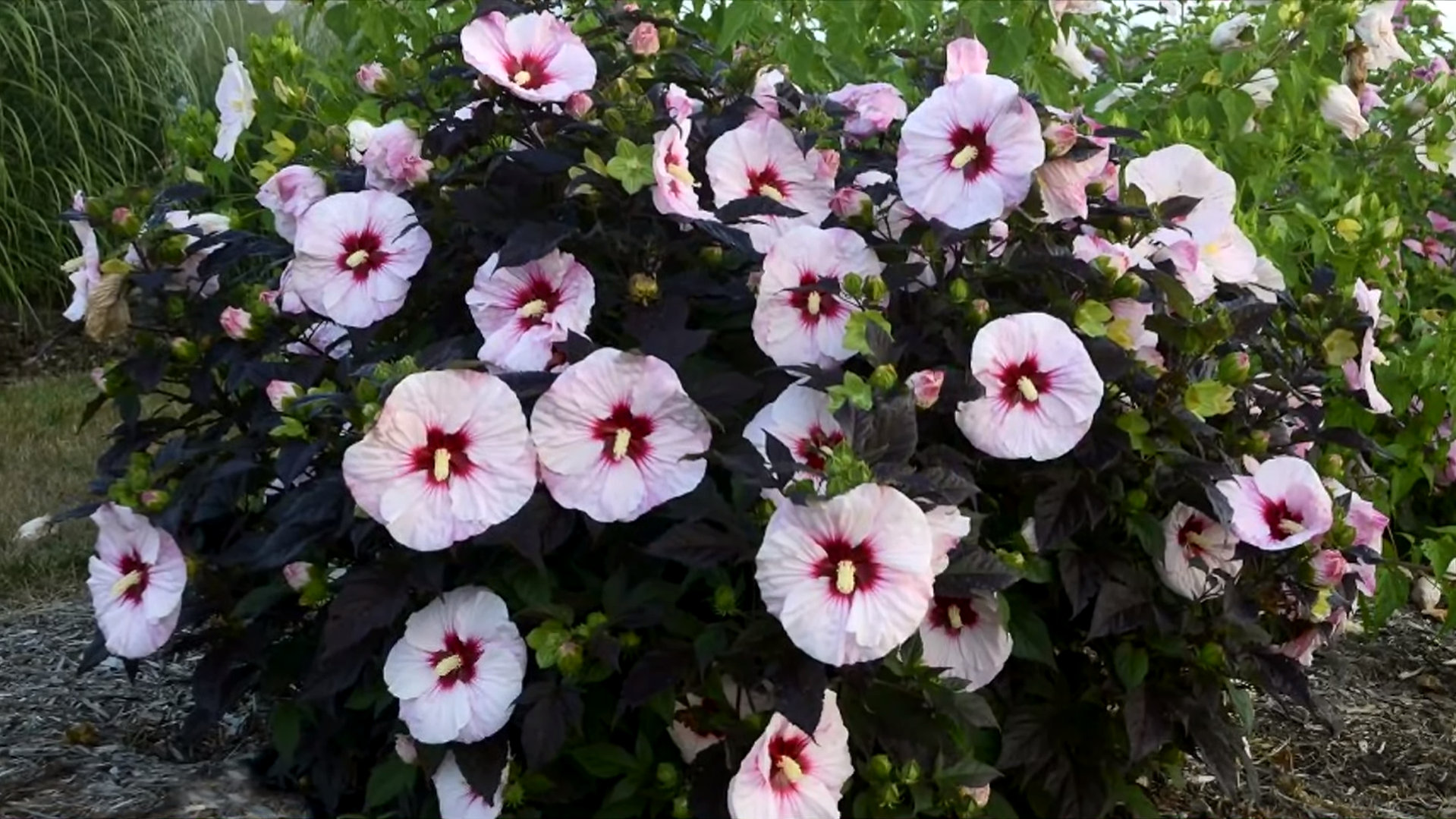
Site Selection
Choosing the right location for planting your Hibiscus Braided Tree is paramount to its success. This selection impacts the tree’s growth, health, and flowering capacity. Hibiscus trees require a minimum of six hours of direct sunlight daily to flourish, making it imperative to select a location that receives ample sunshine. [3] Avoid areas that are heavily shaded or blocked by buildings or taller trees.
The best location also depends on the quality of the soil. It should be well-draining, slightly acidic to neutral in pH, and rich in organic matter. This provides the needed nutrients and ensures that water doesn’t pool around the roots, which could lead to diseases like root rot.
Finally, the location must be suitable for the specific type of hibiscus you have chosen. For example, a Tropical Hibiscus Braided Tree will require a warmer location than a Rose of Sharon Hibiscus Braided Tree.
Soil Preparation
Preparing the soil correctly is a vital step in successfully planting your Hibiscus Braided Tree. The perfect soil for hibiscus is characterized by its excellent drainage, rich organic content, and a pH level that leans slightly towards the acidic to neutral side.
To determine if your soil is suitable for planting, conduct a soil test. This will indicate the pH and nutrient levels in your soil. If the soil is too alkaline, you can amend it using sulfur or iron sulfate to bring it to the desired acidity.
When creating the planting hole, it’s recommended to make it twice as wide as the root ball and match the depth to the height of the root ball. This will provide ample room for the roots to spread and establish. Before placing the tree in the hole, loosen the soil at the bottom and sides. This will make it easier for the roots to penetrate the soil.
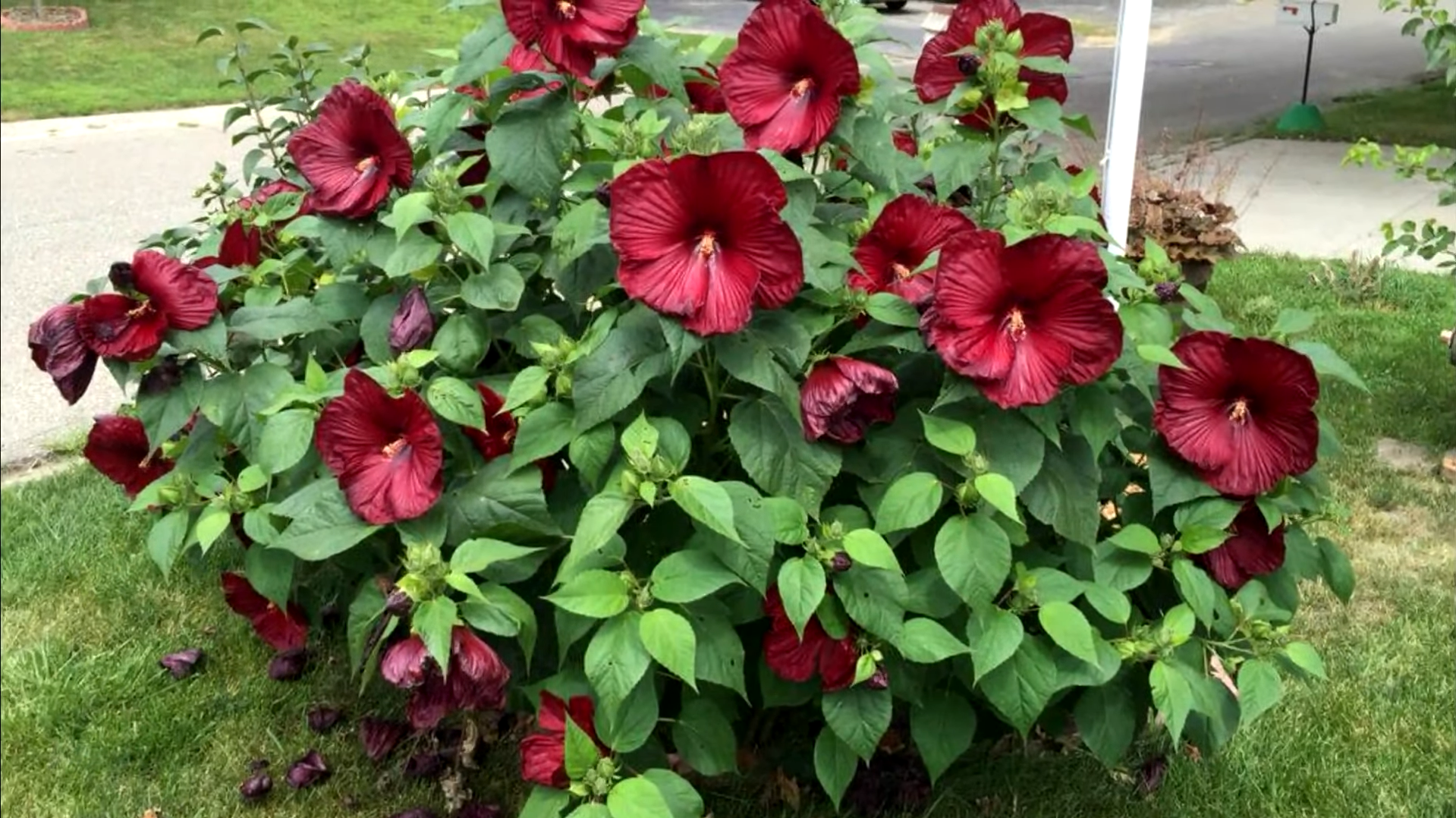
Growing Technique
Planting your Hibiscus Braided Tree correctly is the first step towards ensuring its healthy growth. Begin by situating the tree within the prepared hole, ensuring that it is positioned at the center. Ensure that the top of the root ball is positioned at the same level as or slightly above the ground surface. Fill the hole with the nutrient-enriched soil prepared earlier, gently compacting it to stabilize the tree and eliminate any trapped air.
After planting, provide the hibiscus with a thorough watering to help settle the soil around the roots. During the initial few weeks following planting, maintain the soil consistently moist but avoid water logging it. As time goes on, it’s advisable to allow the top inch of soil to dry out between waterings to avoid overwatering.
To promote optimal growth, apply a balanced, slow-release fertilizer in the spring. This will supply the hibiscus with the essential nutrients required for abundant foliage and vibrant blossoms. Regularly check the tree for pests and diseases, as hibiscus can be prone to issues such as aphids, whiteflies, and hibiscus beetles.
Pruning is also an essential part of hibiscus care. Pruning is not only essential for preserving the tree’s shape and size but also for stimulating increased blooming. The most suitable time for pruning is in early spring before new growth commences. Be sure to eliminate any dead or unhealthy branches to uphold the tree’s overall health.
Watering and Mulching
Proper watering and mulching are key to the care and maintenance of your Hibiscus Braided Tree.
Watering your hibiscus correctly is crucial to its overall health and well-being. The tree prefers consistently moist soil, but it’s important to avoid overwatering as this can lead to root rot. During dry periods or in the height of summer, you may need to water your hibiscus more frequently. A useful guideline is to allow the top inch of soil to dry out between watering sessions. You can gauge this by inserting your finger into the soil; if it feels dry, it’s time to water your hibiscus.
Besides these functional benefits, a layer of mulch can also improve the aesthetic of your garden, providing a neat, finished look to the planting area.

Caring for Outdoor Hibiscus Braided Tree
Caring for your Hibiscus Braided Tree can be very rewarding if you follow some basic tips and life hacks.
- Understand its Sunlight Needs: Hibiscus plants thrive in sunny conditions and necessitate a minimum of six hours of direct sunlight daily. Keep this in mind when selecting a suitable location for your tree.
- Avoid Temperature Extremes: While Hibiscus trees love the sun, they are sensitive to extreme temperature changes. Avoid placing your tree in locations that experience rapid shifts in temperature.
- Use a High Potassium Fertilizer: Hibiscus plants benefit from potassium-rich fertilizers which promote blooming. Employ a slow-release, balanced fertilizer to guarantee that your tree receives the essential nutrients it requires for healthy growth.
- Keep it Well-hydrated: Hibiscus plants require more water than most other plants, especially during warm weather. Ensure the soil is consistently moist but avoid overwatering.
- Avoid Wet Leaves: When watering, try to water the base of the plant and avoid getting the leaves wet. Wet leaves can encourage fungus and other plant diseases.
- Regularly Prune for Health and Shape: Routine pruning serves a dual purpose: it helps preserve the shape of your Hibiscus Braided Tree and promotes increased blooming. The optimal time for pruning is in early spring before new growth begins.
- Check for Pests: Regularly inspect your tree for signs of pests such as aphids, whiteflies, and hibiscus beetles. If you notice any, treat promptly to keep your tree healthy.
Decorative Ideas for Home and Garden
The Hibiscus Braided Tree isn’t just a living organism, it’s also a versatile decorative element that can be incorporated into various aspects of your home and garden decor.
For Home Decor
Indoors, Hibiscus Braided Trees can be used as statement-making houseplants. They introduce a touch of tropical elegance to living rooms, halls, or spacious bathrooms. You can place them in a decorative pot that matches your interior design theme. If your home has a modern aesthetic, consider a minimalist concrete or ceramic pot. For a more rustic look, a distressed clay pot or a woven basket could be perfect.
To create an indoor garden feel, consider placing your Hibiscus tree among a collection of other houseplants of varying shapes and sizes. This creates a green oasis in your home, purifies the air, and provides a relaxing atmosphere.
For Garden Decor
In the garden, the Hibiscus Braided Tree can serve as a focal point. Its vibrant blooms and unique braided trunk make it an eye-catching feature. You can plant it in a central location, perhaps surrounded by low-growing plants that complement its tropical beauty.
Alternatively, if you have a patio or deck, the Hibiscus Braided Tree can be planted in a large pot and placed as a standalone piece or in a corner. This not only enhances the beauty of your outdoor living space but also allows you the flexibility to move the tree around as needed.
Frequently Asked Questions
What is the lowest temperature a hibiscus can tolerate?
Hibiscus plants, being tropical by nature, prefer warm temperatures. However, they can tolerate temperatures as low as 32°F (0°C). It’s important to note that prolonged exposure to such temperatures, especially freezing conditions, can cause damage to the plant. Therefore, if you live in an area where temperatures frequently dip below freezing in winter, it is advisable to grow your hibiscus in a container and move it indoors during the coldest months.
Can hibiscus grow in pots outside?
Yes, hibiscus can indeed grow in pots outside. Growing hibiscus in containers offers several advantages. One of the main benefits is the ability to move the plant around for optimal sunlight or to bring it indoors during colder months, especially in regions where the temperature can drop below freezing. It’s important to choose a pot that is large enough to accommodate the root system and has adequate drainage to prevent waterlogging. Regular watering and feeding with high-potassium fertilizer will ensure that your potted hibiscus thrives and produces abundant blooms.
How long can hibiscus stay outside?
Hibiscus plants can stay outside as long as the temperatures are favorable, ideally above 50°F (10°C). They thrive in full sun and need at least 6 hours of direct sunlight each day. In regions with hot summers, they can take a little afternoon shade. However, if you live in an area where temperatures drop below freezing in winter, it is advisable to bring your hibiscus indoors. Extended exposure to freezing temperatures can be damaging. Remember, hibiscus is a tropical plant and loves warm conditions.
Can potted hibiscus survive winter?
Yes, potted hibiscus can survive the winter, but only if you take the right precautions. As tropical plants, they’re not adapted to withstand frost and freezing temperatures. If you live in a region with cold winters, it’s best to bring your potted hibiscus indoors. Place them in a sunny window and maintain a consistent temperature above 50°F (10°C). Ensure they get adequate humidity, as indoor heating can create a dry environment. Regular watering (without overwatering) and feeding with high-potassium fertilizer will also help your hibiscus survive and thrive throughout the winter.
Useful Video: How to Care for a Hibiscus (Indoor & Outdoor)
Conclusion
In essence, the Hibiscus Braided Tree is not only an attractive addition to your home and garden, but it’s also a plant that calls for a mindful and caring approach. Its vibrant blooms and unique braided trunk are sure to transform any space into a tropical paradise. However, remember that this plant requires adequate sun, warmth, and careful watering to flourish. With the right care and attention, your Hibiscus Braided Tree will reward you with a cascade of beautiful blooms, creating an atmosphere of tropical elegance wherever it stands.
References:
- https://materiom.org/ingredient/180
- https://mast-producing-trees.org/hibiscus-trees-a-tropical-plant-that-can-grow-up-to-10-feet-tall/
- https://florgeous.com/hibiscus-plant-care/





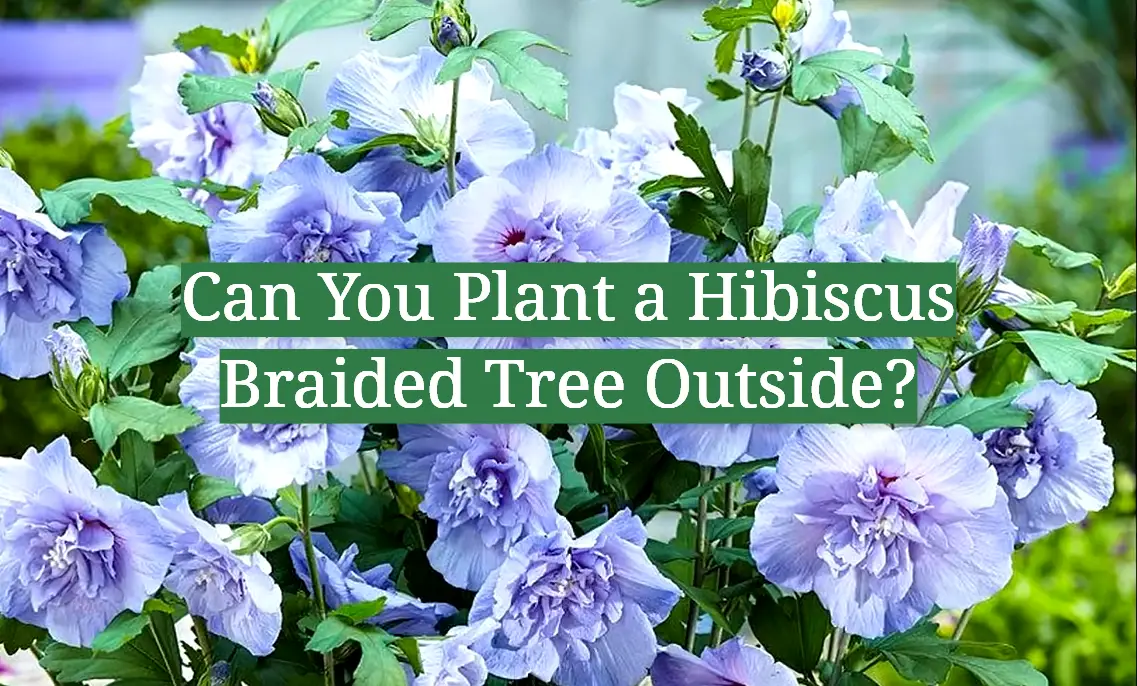
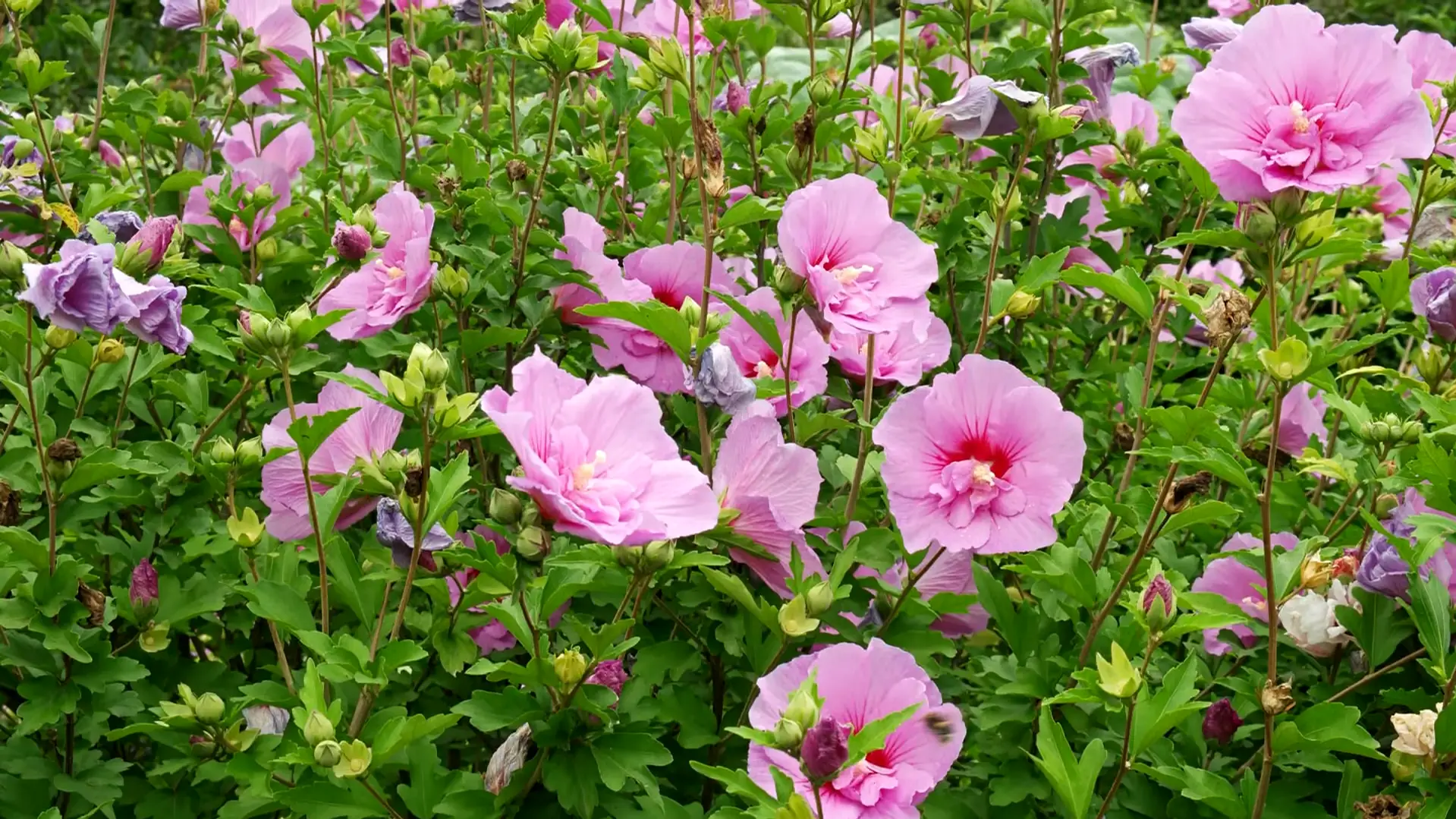




Leave a Reply
View Comments